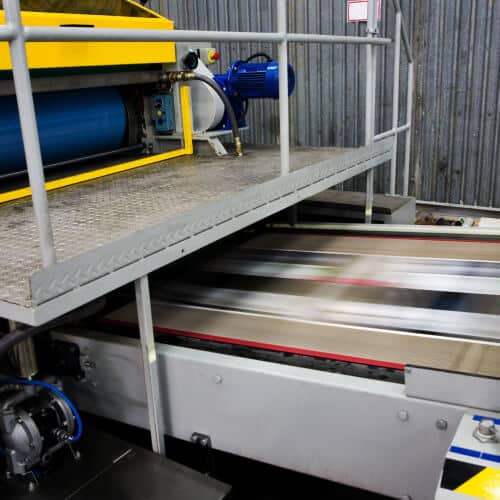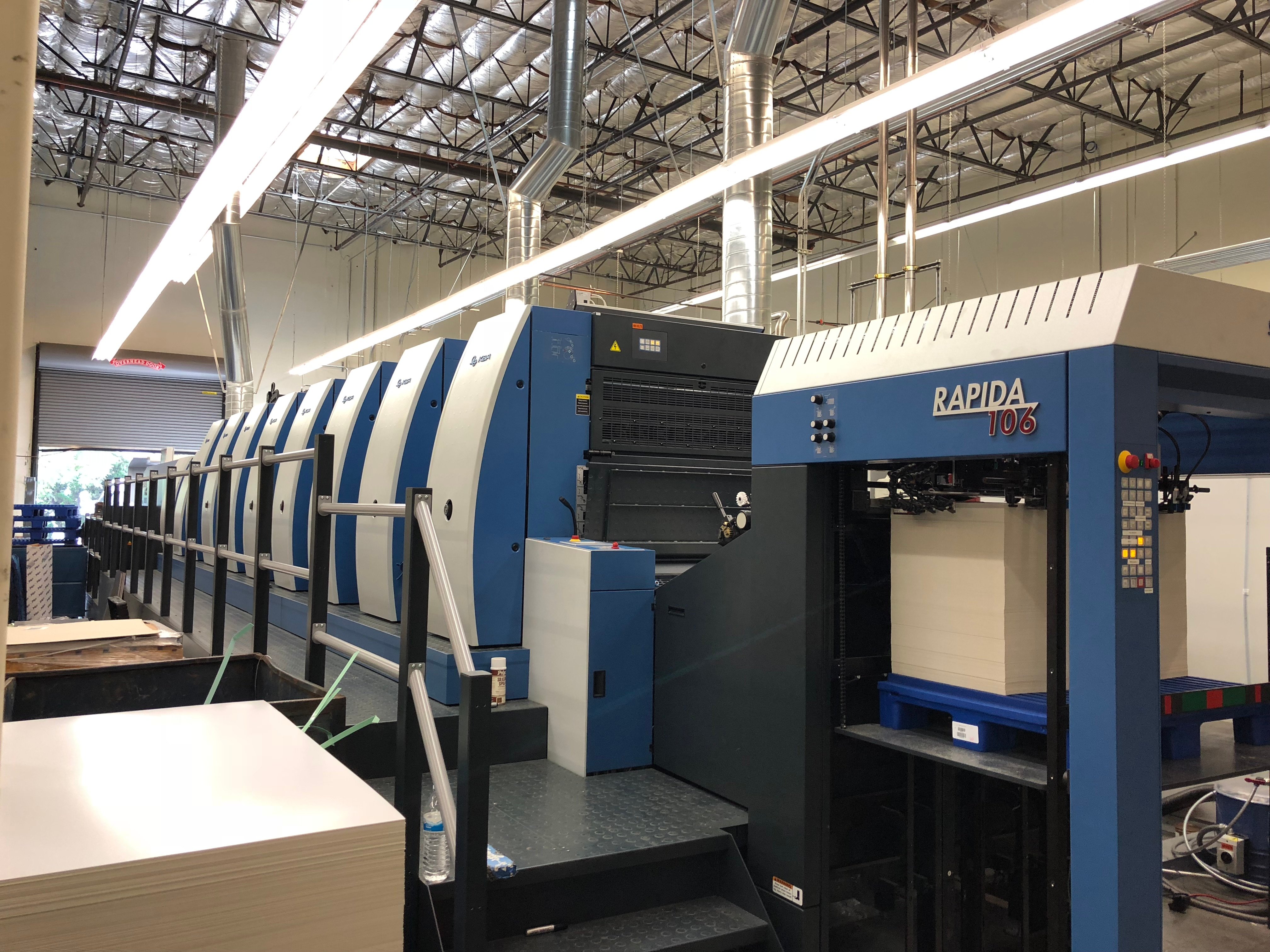Pro Tips for Getting the Most Out of litho printing
Pro Tips for Getting the Most Out of litho printing
Blog Article
A Comprehensive Overview to Recognizing Litho Printing Methods
The world of litho printing, a strategy originating from the late 18th century, is a fascinating blend of background, advancement, science and art. This comprehensive overview will decipher the intricacies of this printing method, from the composition of litho inks to the obstacles dealt with in modern-day applications. As we venture right into the complexities of lithography, the significance of automation and sustainability in ensuring its future relevance comes to be increasingly clear. Remain with us as we journey right into the exciting realm of litho printing.
The Historic Evolution of Litho Printing
The historical trajectory of litho printing, a crucial technology in the realm of communication, is a fascinating story of human resourcefulness. The process advanced with the advent of the rotating press, which greatly boosted efficiency. Each phase of litho printing's evolution showcases humankind's relentless pursuit of effectiveness and high quality in aesthetic communication.
Translating the Science Behind Litho Printing Inks
Progressing in the expedition of litho printing methods, the emphasis currently moves to the scientific research behind litho printing inks. The structure of these inks, their drying process, and color mixing techniques create the backbone of this complicated art kind. Recognizing these aspects is critical to understanding the craft and achieving the wanted print outcomes.
Composition of Litho Inks
In lithographic printing, the basic duty of litho inks can not be overstated. The make-up of litho inks varies depending upon its function, yet usually, they include 2 main parts - cars and pigments. Pigments, the color-providing aspects, are carefully ground bits suspended in the vehicle, a liquid that lugs the pigment onto the printing surface area. The lorry is an intricate combination of oils, resins, and solvents, which influence the ink's drying time, bond, and gloss. In addition, different ingredients are existing to improve specific homes like circulation, drying, and resistance to ecological results. Each component plays a vital part in the last print's high quality, making the accurate formula of litho inks an elaborate scientific research.
Ink Drying Process
From the composition of litho inks, attention turns to the interesting procedure of ink drying out. The drying out procedure is critical, as it impacts the last print's quality and durability. Two main techniques are utilized in litho printing: oxidative drying out and absorption. Oxidative drying involves the ink reacting with oxygen airborne to create a tough, completely dry film. This technique offers a durable finish, but can be slower contrasted to absorption. Absorption, on the various other hand, entails the ink permeating right into the paper fibers, which is a quicker process but can lead to less vibrant shades. The selection in between these techniques is reliant upon aspects such as print speed requirements, the paper type made use of, and the wanted surface.
Shade Mixing Techniques
While the drying procedure plays a key role in litho printing, the science of shade blending strategies holds equal significance. The science behind litho printing inks additionally takes into account the openness of the ink, which influences exactly how colors overlay and mix.
The Art and Design Aspects in Litho Printing
Litho printing breathes life into art and style via its unique components. Litho printing suits a range of colors, enabling musicians to create vibrant and dynamic prints. This mix of precision and convenience makes litho printing a recommended option for many musicians and developers.
Modern Applications of Litho Printing Techniques
Litho printing strategies have found extensive use in the modern-day industrial field. Its impact and importance remain to grow with the development of new advancements and innovations in the area. This section will certainly explore these modern applications and the transformative duty they play in the printing market.
Industrial Litho Printing Makes Use Of
In today's digital age, one could question the significance of traditional printing techniques. Yet, litho printing remains an essential component of the commercial market. High-volume printing tasks, such as the manufacturing of books, papers, and packaging, depend on litho printing for its capacity browse around these guys to deliver exceptional image high quality and expense performance. The process, which includes moving a tattooed photo from a plate onto a rubber covering and after that to the printing surface area, offers unequaled consistency. This makes it optimal for jobs calling for a large print run. Litho printing also offers a wide shade spectrum, above that of electronic printing. This makes it the best choice for projects that demand lively, high-quality color reproduction.
Advancements in Litho Printing
Pressing the boundaries of standard strategies, modern-day improvements have actually fueled a dig this host of technologies in litho printing. One popular advancement is electronic litho printing, which combines the merits of electronic technology with litho's high-grade result. These advancements underscore the enduring relevance of litho printing in the modern globe.
Exploring the Process of Litho Printing: Detailed

Challenges and Solutions in Contemporary Litho Printing

Despite the accuracy and tradition that litho printing happily maintains, it is not without its collection of article contemporary challenges. The most common issues include the high first setup expense, trouble in printing variable data, and environmental worries as a result of chemical usage. Nevertheless, remedies are emerging as innovation advances. Digital litho printing permits economical brief runs and easy personalization, resolving the problem of variable data. Environmentally-friendly inks and safer plate-making processes reduce environmental worries. Additionally, advancements in automation have decreased labor costs, further democratizing the lithography process. Therefore, while there are challenges, the litho printing industry is proactively adapting to satisfy them head-on, ensuring its significance in the future.
Final thought
In verdict, litho printing, with its abundant background and clinical intricacies, holds a significant place in the print market. As the overview reveals, it's a synthesis of art and innovation, with contemporary developments ensuring its significance. The market faces obstacles that require innovative remedies, with a focus on automation and sustainability. The future of litho printing hinges on its capability to adapt to these changing demands, attesting its long-lasting value in a progressing market.

Report this page